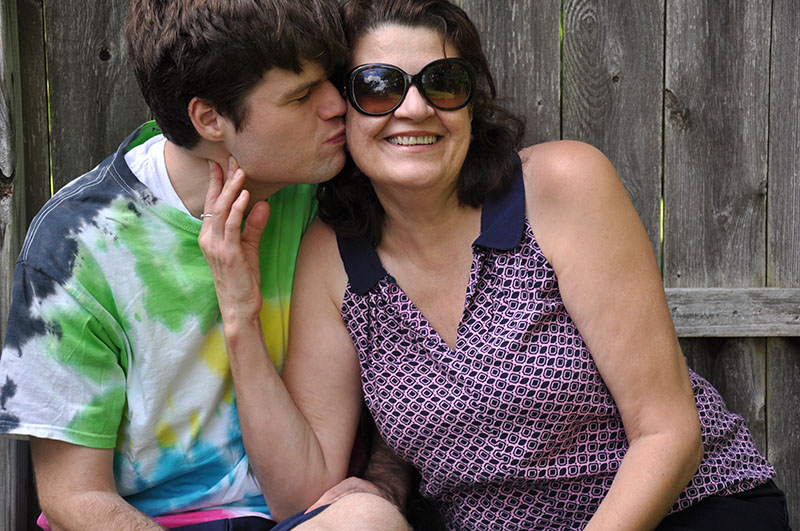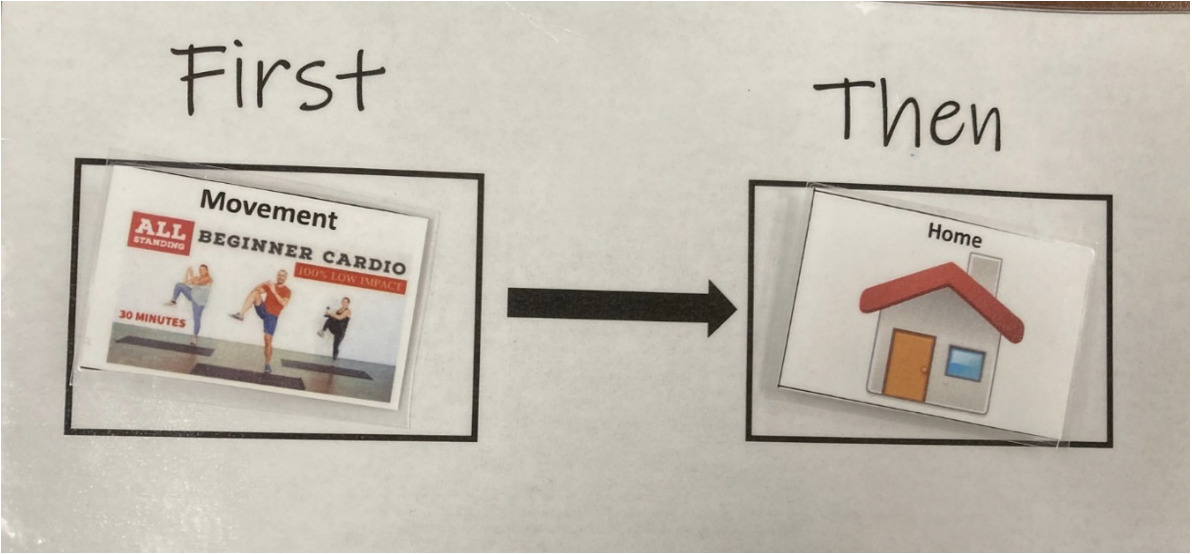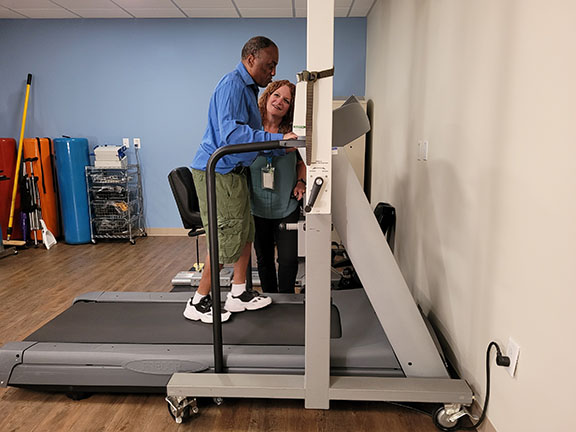
New Program Promotes Peace, Wellness at Home
Everyone’s heard the saying “take a few deep breaths'” but Patrick Queenan, our director of Clinical Service, says many people don’t know how.
During a recent Zoom call with parents, Patrick demonstrated one effective approach for calming the nervous system: inhale for four seconds, hold for seven, exhale for eight, and then feel the effects. (Box breathingis another method.)
“This is a best-practice approach with the power to change lives.” – Patrick Queenan, Ph.D.
The parents all had something in common, a child with a disability who suffers from difficult behaviors that can disrupt the home environment. They were learning the “relaxing breath” pattern so they could pass it on, contributing to a healthier set of habits for navigating anxiety or challenging emotions.
This 4-7-8 technique is one strategy Queenan and his team will offer families through a new Behavioral Services Clinic at Ability Beyond, to serve teenagers and adults in Connecticut and New York.
The clinic is grounded in the science and principles of Applied Behavior Analysis (ABA), a high-demand therapy for people on the autism spectrum, people with acquired and traumatic brain injuries, and people with developmental disabilities.
“This is a best-practice approach with the power to change lives,” Patrick says. “By empowering people to better cope with discomfort and to meet their needs in a healthy, positive way, we promote the self-awareness and self-expression essential to leading an independent, dignified life.”
In addition to deep breathing, Patrick and his team of board-certified behavior analysts will offer many strategies for daily use, so parents and caregivers can support their loved ones during difficult or triggering moments.

Guide by Sight
Visual tools, including first/then boards, token boards, and social stories, can help individuals with disabilities understand expectations, gain reassurance about upcoming activities, and make the best choices for themselves. One example is a first/then board, a great approach to get your loved one motivated when there’s something on the schedule they don’t enjoy but which is important to their well-being, like an exercise class. It follows the formula, first we’ll go to class and get moving,” then, we’ll go home and relax. These simple illustrations make the day predictable and more structured, helping to mitigate anxiety.

Knowledge is Power
Understanding anxiety is the first step toward managing it, and the Yerkes-Dodson Law shows that a little anxiety is a good thing. Our goal at home shouldn’t be eliminating anxious feelings, but keeping them within a manageable range. No anxiety is correlated with inactivity, while high levels of anxiety push people into the stress zone, including panic, anger, or violence. A medium amount of anxiety actually produces our best results in an activity or social situation.

Little and Often Makes Much
Healthy lifestyle habits can form our first line of defense against high levels of anxiety, and the good news is, most are free. Our team recommends physical exercise, mindfulness around the effects of caffeine (especially when combined with certain medications), getting a good night’s sleep, and eating regularly.

Go With Your Gut
“Trust your gut” isn’t just an expression. Gut bacteria manufacture the vast majority of the body’s supply of serotonin, which is why certain probiotics, such as Lactobacillus Helveticus, are so effective at treating depression and anxiety. Lactobacillus Helveticus can be purchased as a supplement online or at certain markets.
Families can access the full scope of Behavioral Services through private pay at $150 an hour, including all four stages of the care continuum: (1) an initial assessment, (2) the creation of a tailor-made support plan, (3) training for caregivers to sustain the plan, and (4) access to data over time to see the full scope of positive changes achieved through healthier habits.

